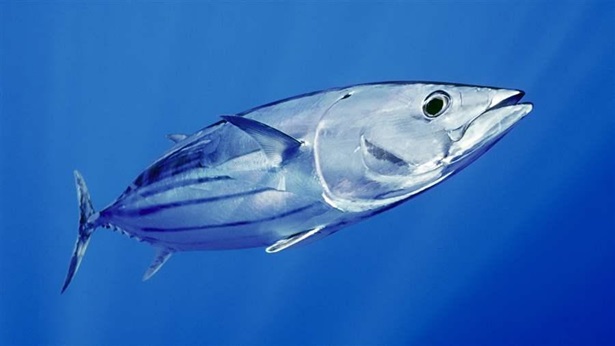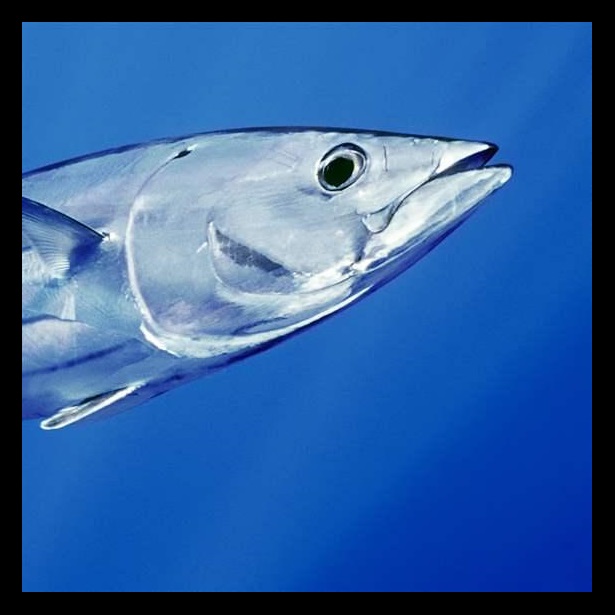11 Ways to Help At-Risk Species and Reduce Illegal Fishing
Measures needed to improve management of western and central Pacific fisheries
Last December, members of the Western and Central Pacific Fisheries Commission (WCPFC) put off making tough decisions on several key issues that needed their attention. The region can’t afford continued delays. It is time for action.
The WCPFC will hold its 12th Regular Session from Dec. 3 to 8 in Bali, Indonesia, and Pew has identified 11 ways that members can improve management of tuna fisheries in the western and central Pacific Ocean.
1. Adopt timelines to develop and implement harvest strategies for tunas.
Last year the commission committed to developing and implementing a six-part harvest strategy approach for each of the key tuna fisheries, or stocks. This year members should adopt a harvest strategy work plan with timelines for reaching agreement on specific management objectives, reference points that clearly identify sustainable levels of fishing, and harvest control rules as quickly as possible but no later than 2018.
2. Rebuild the Pacific bluefin tuna population.
Urgent action is needed to reverse the decline of Pacific bluefin. The population is at just 4 percent of unfished levels, and scientists warn that the numbers will continue to drop until 2018 under current measures. More must be done, and quickly. The WCPFC should task its Northern Committee with developing a plan to return this bluefin population to healthy levels by 2030.
3. End bigeye tuna overfishing and effectively manage fish aggregating devices (FADs).
The region’s bigeye tuna population is overfished and is at just 16 percent of unfished levels. Current measures have not stopped overfishing. Nearly all of the bigeye taken by purse seine fishing vessels are juvenile fish caught on FADs, the artificial rafts that fishing vessels drop in the ocean to attract and catch the fish that gather around them. Members must immediately reduce the amount of bigeye tuna caught in these waters, using quotas or limits on the number of times a vessel can fish with a specific FAD.
4. Refine current management measures to reduce shark mortality in fisheries targeting other species.
Every year about 100 million sharks, an unsustainable number, are caught and killed in commercial fisheries. If vessels continue to target them, or to retain sharks when caught as bycatch, then precautionary management measures must be put in place. Among those steps should be a ban on two types of fishing gear—wire trace and shark lines. That would reduce bycatch of species such as oceanic whitetip and silky sharks.
5. Develop a comprehensive list of requirements for shark management plans.
Last year commission members agreed to adopt shark management plans. To move forward this year, the WCPFC should develop a clear definition of a targeted shark fishery, a comprehensive list of requirements for all shark management plans, and guidelines for how the plans would be reviewed.
6. Prohibit retention of mobulid rays and adopt live release guidance.
The family Mobulidae, which includes manta and mobula rays, are extremely vulnerable to overfishing and often become bycatch in tuna purse seine fisheries. The WCPFC should prohibit retention of all mobulid species and adopt guidance on how fishing crews can release alive those that are caught along with other species.
7. Enact measures to improve data collection for key shark species.
Accurate assessments of the status of shark populations in the region remain difficult because of the limited data recorded and reported. These information gaps inhibit development of comprehensive scientific advice. The WCPFC should adopt a “no data, no fish” measure for sharks, meaning fleets that did not report data on shark catches would not be allowed to fish in the region.
8. Adopt minimum standards for port inspections.
Port State Measures are cost-effective tools to monitor compliance with management arrangements and to prevent illegally caught fish from entering the market. This year the commission needs to agree to minimum standards for port inspections, including consideration of the special requirements of small island developing states and participating territories.
9. Enhance the effectiveness of the region’s Record of Fishing Vessels and the Illegal, Unreported and Unregulated (IUU) Fishing Vessel List.
The WCPFC’s vessel record should begin including instances of noncompliance with fishery rules. In addition, the commission should change its processes to allow the listing at times other than the annual meeting of vessels found to have engaged in IUU fishing.
10. Ban transshipment at sea.
Transshipment at sea—transferring a vessel’s catch to another ship— provides opportunities for those fishing illegally to avoid reporting catch and to launder their illicit catch. This practice should be banned until effective monitoring is in place to ensure illegal activity isn’t taking place.
11. Strengthen the commission compliance monitoring scheme and provide greater transparency.
Article 23 of the WCPFC Convention obliges commission members to make sure their nationals, and the fishing vessels they own or control, comply with convention provisions. The WCPFC should consider making its Compliance Monitoring Scheme permanent and improve transparency by allowing outside observers into the discussions of reports.
Amanda Nickson directs The Pew Charitable Trusts’ global tuna conservation efforts.


Recommendations to the 12th Regular Session of the Western and Central Pacific Fisheries Commission
3-8 December 2015, Bali, Indonesia


America’s Overdose Crisis
Sign up for our five-email course explaining the overdose crisis in America, the state of treatment access, and ways to improve care
Sign up








